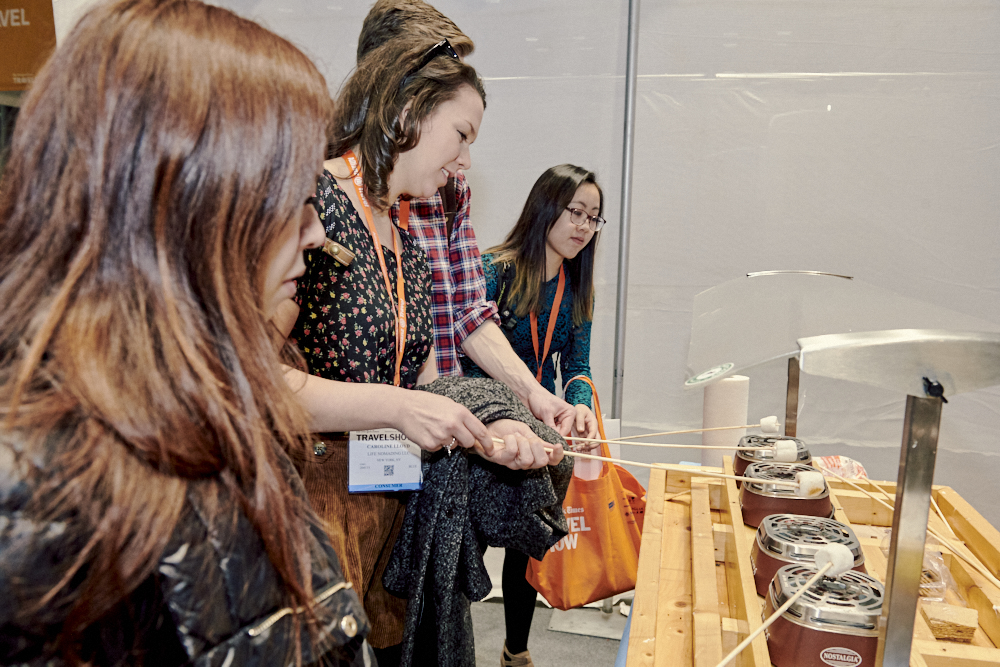It’s almost New Year! And we’ve created a list of unique New year’s traditions around the world. Whether you’re planning to ring in New Year’s Eve from some exciting foreign country or here at home, you’ll be amazed to see how people celebrate New Year around the world.
Cultures of different countries embrace the new year with unique celebrations and traditions of their own. Here are some of our favourite New Year’s traditions around the world.
History of New Year Celebrations
New Year celebrations date back to ancient Babylon, where the people began the festivities. After the vernal equinox, the first new moon marked the start of the new year, and the Babylonians celebrated with a religious festival called Akuti. This festival honoured the rebirth of the natural world.
Over the years, the start of the year fell on dissimilar days until the Julian calendar was introduced in 45 B.C. by Julius Caesar and initiated January 1st as the first day of the year.
Today, as we all know, New Year around the world begins on December 31st (the last day of the Gregorian calendar) and continues into the early hours of January 1st.
Keep reading to find out about the unique New Year celebrations around the world.
Unique New year celebrations around the world
New Year’s traditions around the world are unique to each country, with festivities that are native to their culture and heritage.
Each of these New Year’s traditions is customary and believed to bring good luck. Below are some of the most inspiring celebrations around the world.
So if you need more luck or good fortune next year, try these New Year’s Eve traditions from around the world.
The Ball Drop in the USA

The time-honoured ball drop in the USA began after they banned fireworks in New York City in the early 20th century. So instead of that, the organisers arranged to have a mega ball drop down a pole. Since then, it has become a tradition to watch the ball drop and count down the year’s last few seconds. It is also customary for Americans to sing the tune “Auld Lang Syne,” which means “old long ago.” This is one of the most famous New Year’s Traditions from around the world you’ll come across.
Fun Fact: On New Year’s day, a popular dish known as “Hoppin’ John,” with black-eyed peas, is served in the south is believed to signify coins and bring prosperity in the coming years.
Carrying Suitcases in Colombia

Colombia has many New Year traditions that bring good fortune and luck. The Colombians carry empty suitcases at midnight in hopes of yielding a year full of adventure and travel.
Additionally, they hold money in their hands and carry lentils in their pockets in order to attract prosperity and stability in the coming year.
Dressing White in Brazil

The new year in Brazil is a time to reflect on the past and make new resolutions for the forthcoming year. Almost all Brazilians dress in white because it brings luck and prosperity. Wearing white clothes can also repel evil spirits, so it is said.
Fun Fact: The people wear white and get together on the beach, where they jump seven waves (a lucky number in Brazilian culture) and toss flowers into the sea as an offering to the goddess of the sea, Lemanjá.
Rosh Hashanah in Israel

Rosh Hashanah is the Jewish New Year. Celebrated as one of the most sacred New Year’s Traditions around the world.
The holiday festivities take place in the night, where they recite a festival candle blessing and the Kiddush, the blessing of wine.
The Israelites celebrate by consuming honey-dipped fruits, symbolising good luck in the coming year.
Fun Fact: This holiday falls in the seventh month in the Hebrew calendar.
Spring Festival in China

The Lunar New Year is the most significant holiday in China that many people worldwide partake in the extravaganza. This special holiday is also known as the Spring Festival and 15 celebrated for 15-days.
The Spring Festival flourishes with an array of traditions. Streets and houses, lined with red decore (a colour that represents good luck and good fortune). The red decore is believed to repel bad luck—the fireworks ward off negative energy on New Year’s Eve and again the following day.
In addition, there are parades, dragon dances, imperial performances and traditional food to conclude the celebrations.
Fun Fact: Children receive red envelopes with money; this symbolically transfers fortune from elder to youth.
Oshogatsu in Japan

The Japanese New Year, Oshogatsu, is one of the most noteworthy holidays in Japan. Like many other New Year’s celebrations, this signifies renewal, an end to troubles of the previous year.
Buddhist temples strike their gongs 108 times on December 31st; each chime represents one of the 108 earthly temptations a person must overcome to gain peace and repulse bad luck of the past year.
Smashing Plates in Denmark

One of the most unique New Year’s traditions around the world comes from Denmark.
This involves Danish residents smashing plates and old dishes that are shattered against the doors of their families and friends to ward off evil spirits.
Fun Fact: The Danish people jump off chairs at midnight to “leap” into the new year. They also consume Kransekage, a cake shaped like a wreath made using stacked marzipan rings with a bottle of wine in the centre.
Oud en Nieuw in The Netherlands

Fireworks and incredible explosions mark the Dutch New Year’s traditions that trigger across major cities for hours. This is followed by consuming oliebollen, bite-sized balls of fried dough dipped in powdered sugar similar to doughnuts. To cap off, the celebrations swimmers jump into the waters of the North Sea to celebrate New Year’s Day.
Fun Fact: The Dutch burn their old cars and Christmas trees to pursue the old and welcome the new.
First-Footing in Scotland

The Hogmanay celebration in Scotland is one of the most exciting New Year’s Traditions around the world. Hogmanay Festival, also known for its tradition of “first-footing”, is a custom where the first person who crosses the threshold of a person’s home come bearing a gift of luck. It also comprises a fun blend of street entertainment, firework displays, concerts, and more celebrations.
Dropping Ice Cream in Switzerland
The Swiss channel good luck, wealth, and prosperity in celebrating the New Year by dropping a dollop of ice cream on the floor at midnight. They parade the streets in colourful, vibrant costumes and perform ceremonies intended to repel negative and evil spirits.
New Year food celebrations around the world
In many countries, eating the right thing influences the following year’s perspective, that’s why food is the main way to celebrate the New Year with delicious traditions.
Brazil: Lentils are prepared into a soup and consumed to help with finances in the New Year. They also believe people should eat seven raisins to gain good luck.
Austria: The Austrians hide a lucky charm in a suckling pig that has to be found, and the finder gets good luck for the coming year.
France: The French feasts on foie gros, goose or turkey, oysters, and plenty of champagne, this high-end food signifies wealth in the year to come.
Spain: The Spanish consume 12 grapes at midnight on New Year’s Eve– one for each time the clock dings. This tradition suggests that you’ll gain extra good luck for the coming year!
Estonia: Estonians food tradition dictates that they should celebrate the holiday with a lucky number of meals; this gives one the strength of that many men.
BONUS: Strange New Year’s Traditions Around the World
Scarecrow Burning – Ecuador
Ecuadorians set fire to scarecrows filled with paper at midnight on New Year’s Eve to banish any bad luck or evil things that happened in the past year.
Round Things – Philippines
Hoping to bring prosperity and wealth for the year ahead, Filipino people use round things representing coins and wealth.
Takanakuy Festival – Peru
This annual Peruvian festival held at the end of December is where competitors face off in a ring for a round of bare-knuckle brawling; this apparently represents a fresh start for the year.
Coloured Underwear – South America
The fortunes for the year ahead are decided by the colour of underpants in South American countries. i.e. Red for love, yellow for wealth and luck, or peace white.
I know many of us can’t wait to bid 2025 good riddance. So, get ready, because New Year is just around the corner!
Are you looking to celebrate the end of the year with a bang? Did any of these New Year’s traditions around the world surprise you? Do they make you want to visit that country? If you like to be a part of what makes the New Year one of the planet’s most popular holidays in a new destination, give us a call or drop us a line, and we’ll make sure your New year will be an exciting one.









